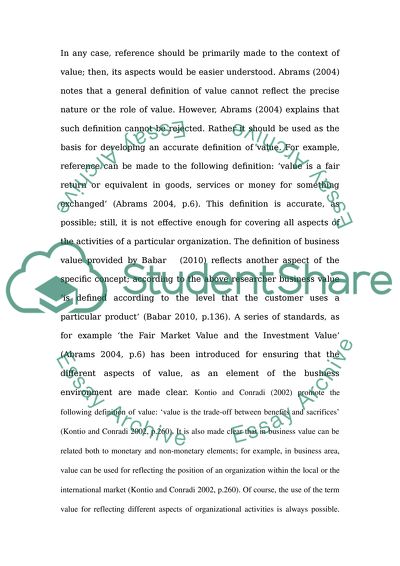Cite this document
(“International Finance (concept of value in corporate finance ) Essay”, n.d.)
Retrieved from https://studentshare.org/finance-accounting/1398630-international-finance-concept-of-value-in
Retrieved from https://studentshare.org/finance-accounting/1398630-international-finance-concept-of-value-in
(International Finance (concept of Value in Corporate Finance ) Essay)
https://studentshare.org/finance-accounting/1398630-international-finance-concept-of-value-in.
https://studentshare.org/finance-accounting/1398630-international-finance-concept-of-value-in.
“International Finance (concept of Value in Corporate Finance ) Essay”, n.d. https://studentshare.org/finance-accounting/1398630-international-finance-concept-of-value-in.


